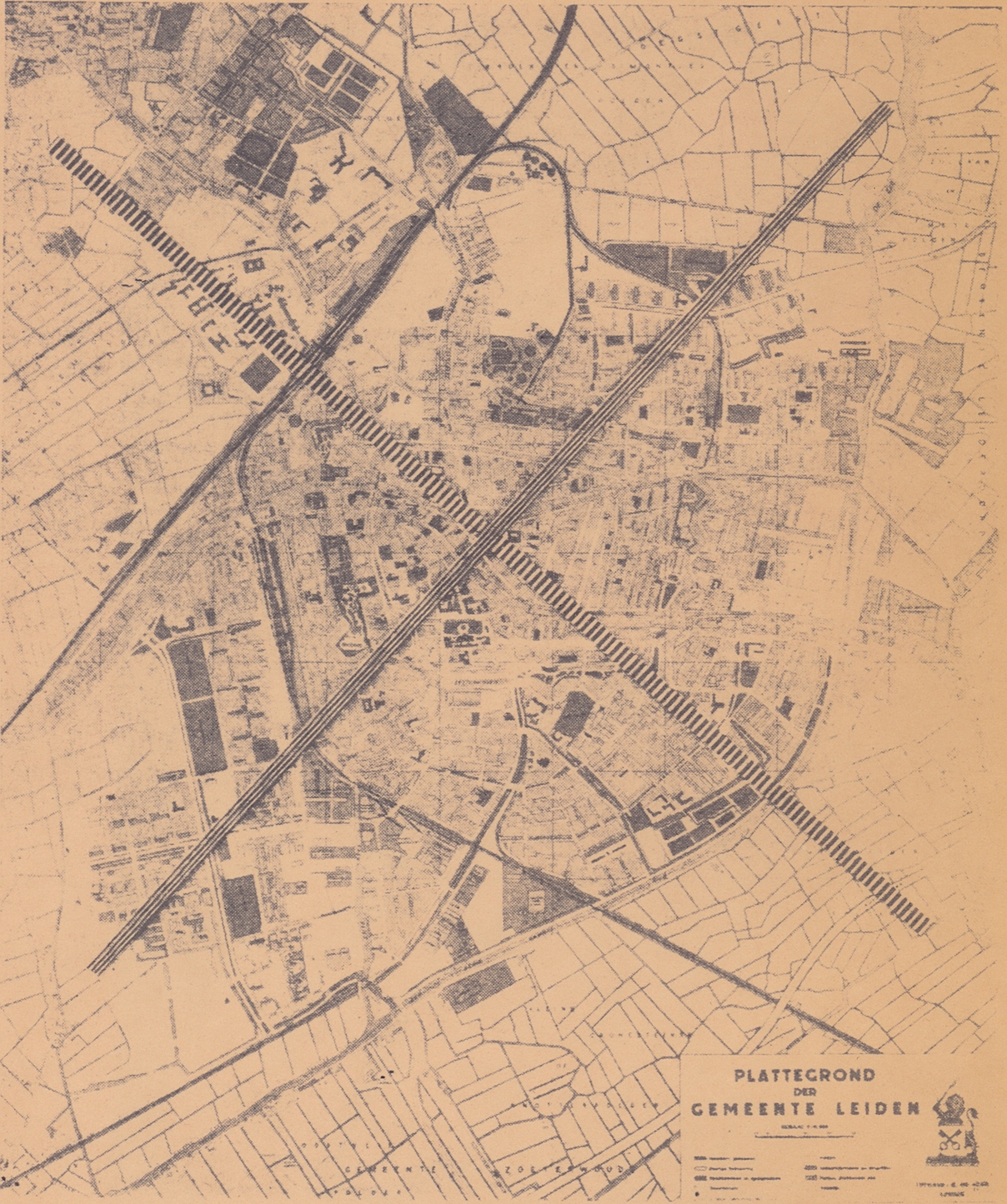Daily Image
22-02-2008Cross over Leyden
| Submitter: | Roelof Kiers |
| Description: | "Several years ago, C.L.Seeger of the Netherlands Foundation for Radio Astronomy proposed that a very large radio telescope of the Mills Cross type should be built in Europe for high-resolution studies in radio astronomy. The main feature of this radio telescope was to be its resolving power of one minute of arc at a wavelength suitable for observations of discrete radio sources and of the structure of nearby galaxies." This is the opening sentence of an article in Nature in 1961 ("The cross antenna of the proposed BeNeLux radio telesope" by W.N.Christiansen and J.A.Hogbom, Vol 191, No 4785, pp 215-217, July 15, 1961) that described the proposed successor of the highly successful Dwingeloo telescope. A few years later, it was decided instead to build an aperture synthesis telescope (the WSRT), because of its superior imaging capabilities. The BeNeLux cross was to have a collecting area of 600.000 m2 (0.6 SKA!), and many simultaneous beams. It was to be an international project, built on the border between the Netherlands and Belgium. In the above image, in order to illustrate its huge size, its two 5 km arms were superimposed on a map of the city of Leiden. Many years have passed, and things have taken their course. Since 1961, Leiden has grown much larger, in both size and scope. The WSRT has been a spectacular success, which continues unto the present day. It is still the only radio telescope in the world that reaches a dynamic range of more than 1.000.000:1. The acquired experience is vital for building the next generation of large radio telescopes, LOFAR and SKA. And in the end, the only Belgian legacy of the great BeNeLux Cross project was Jean Casse, who did his country proud. |
| Copyright: | ASTRON |
| Tweet |  |
